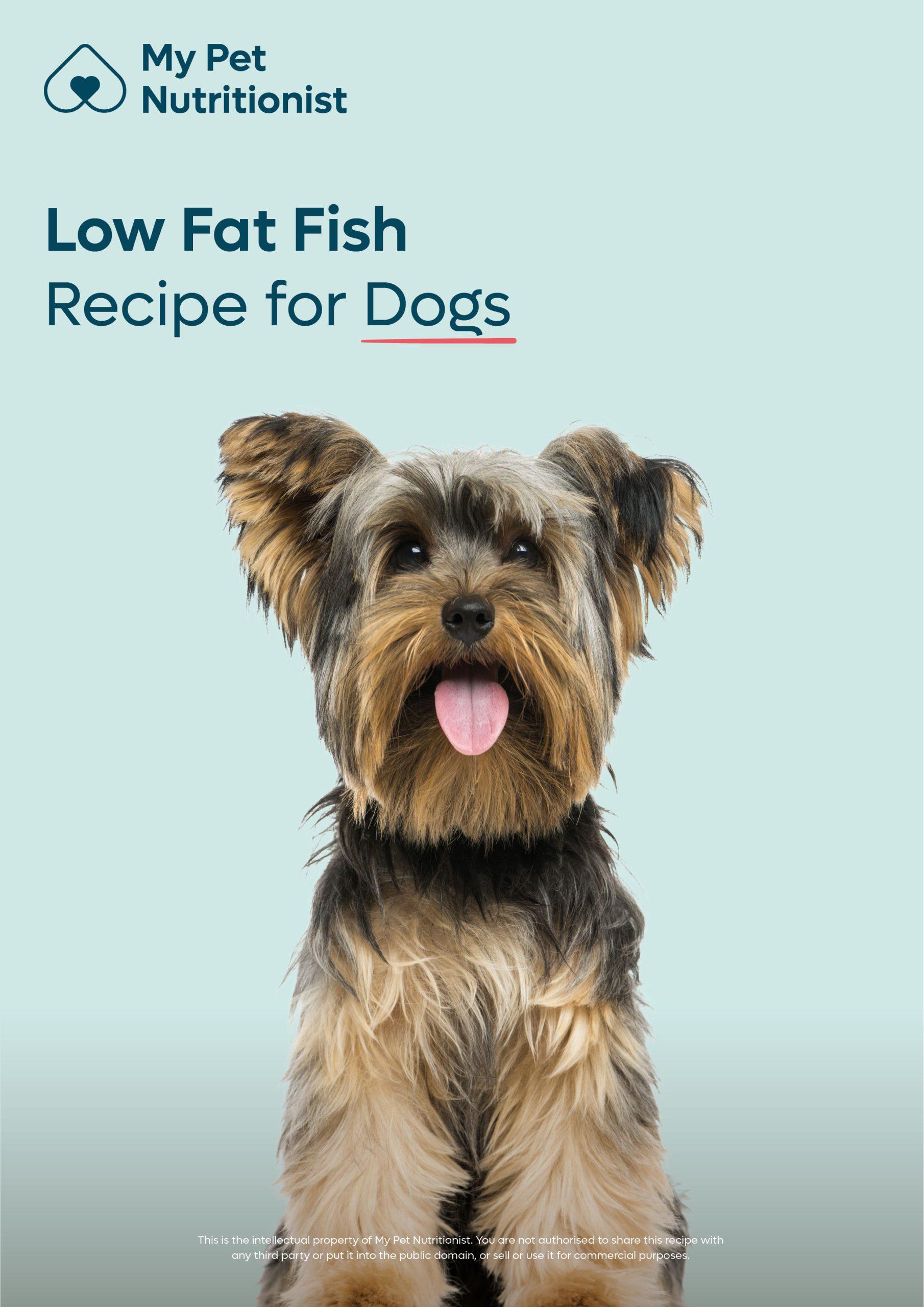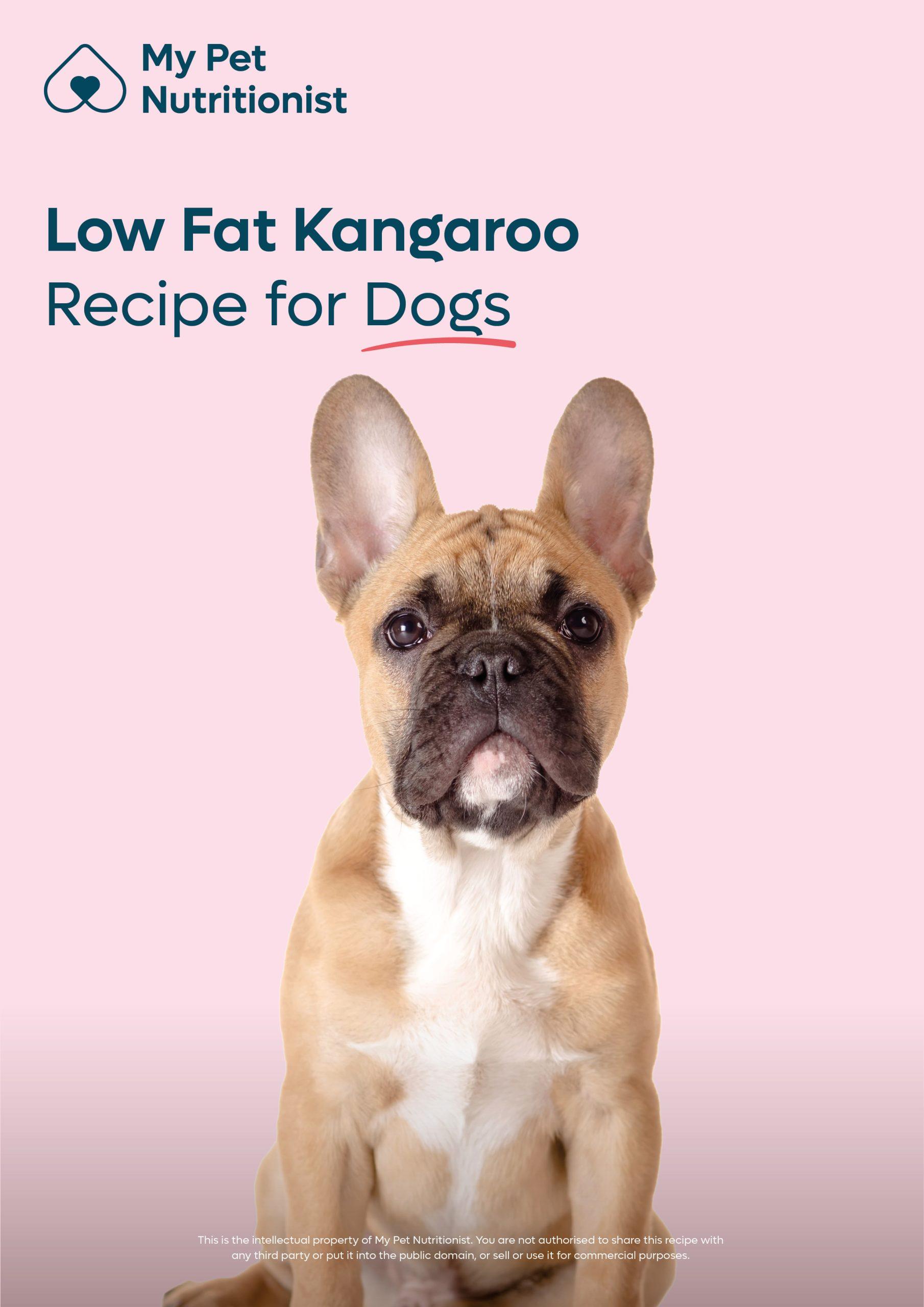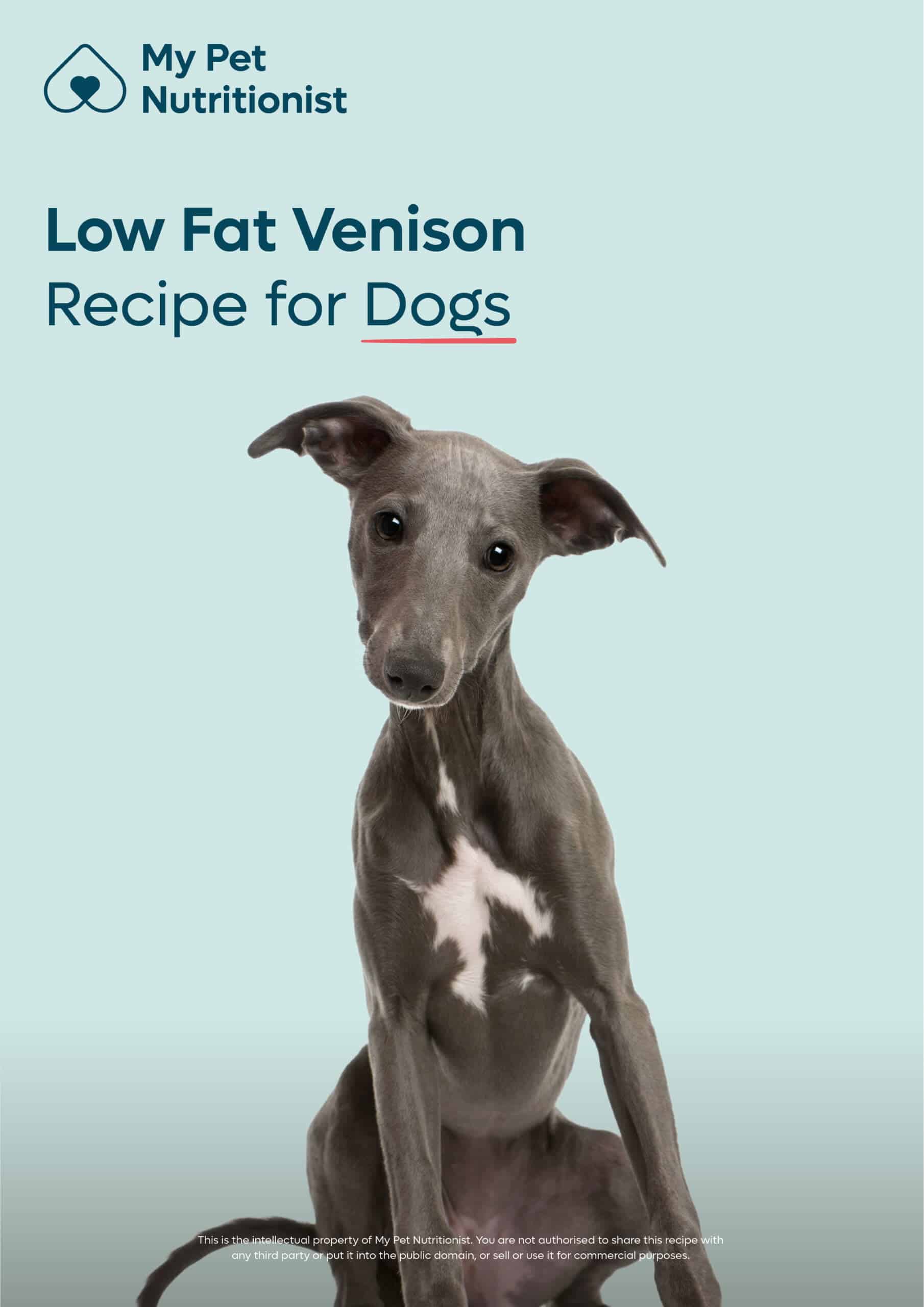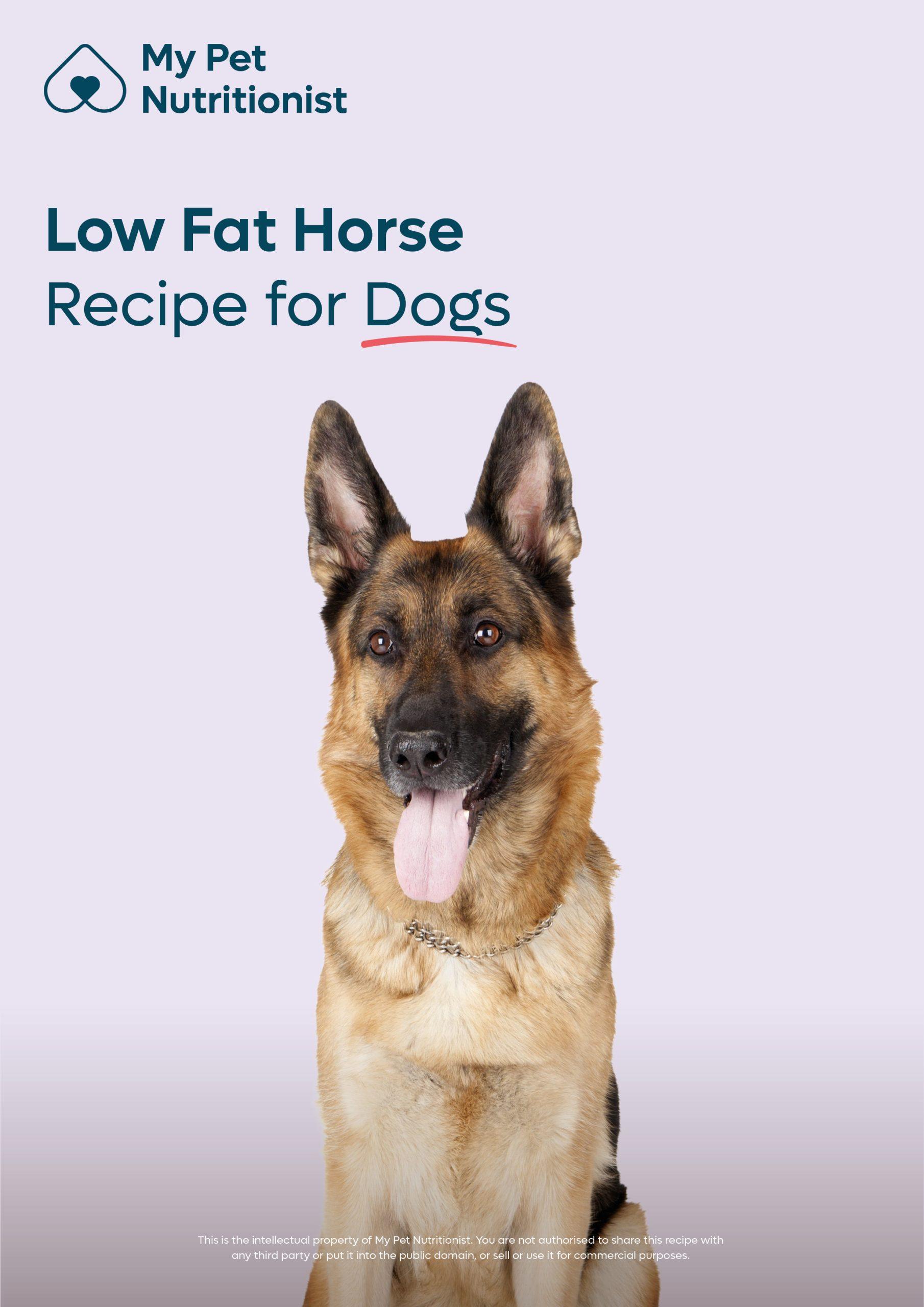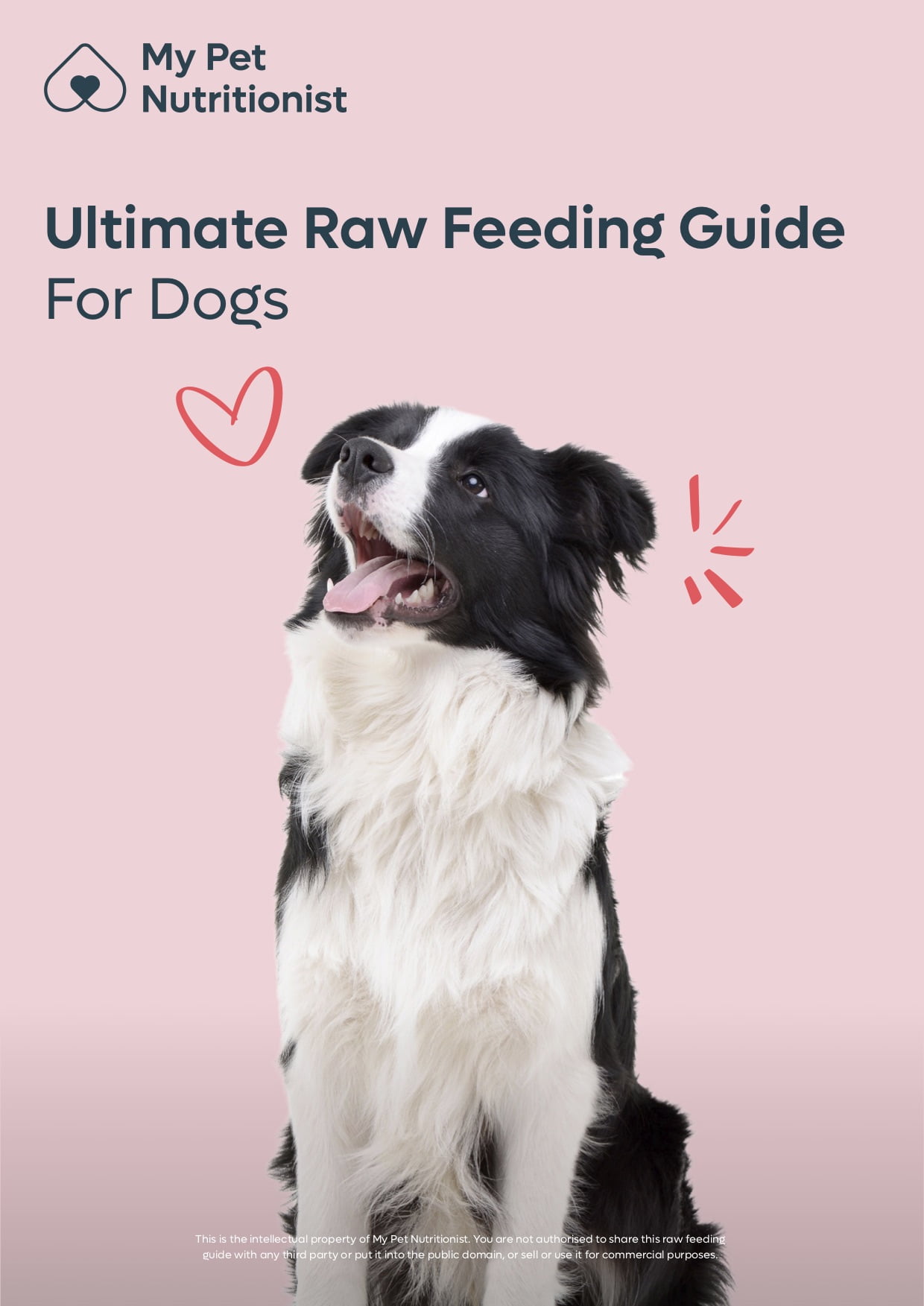-
£29.99£29.99£119.00£19.99£6.99
Cart
8
Cart
8


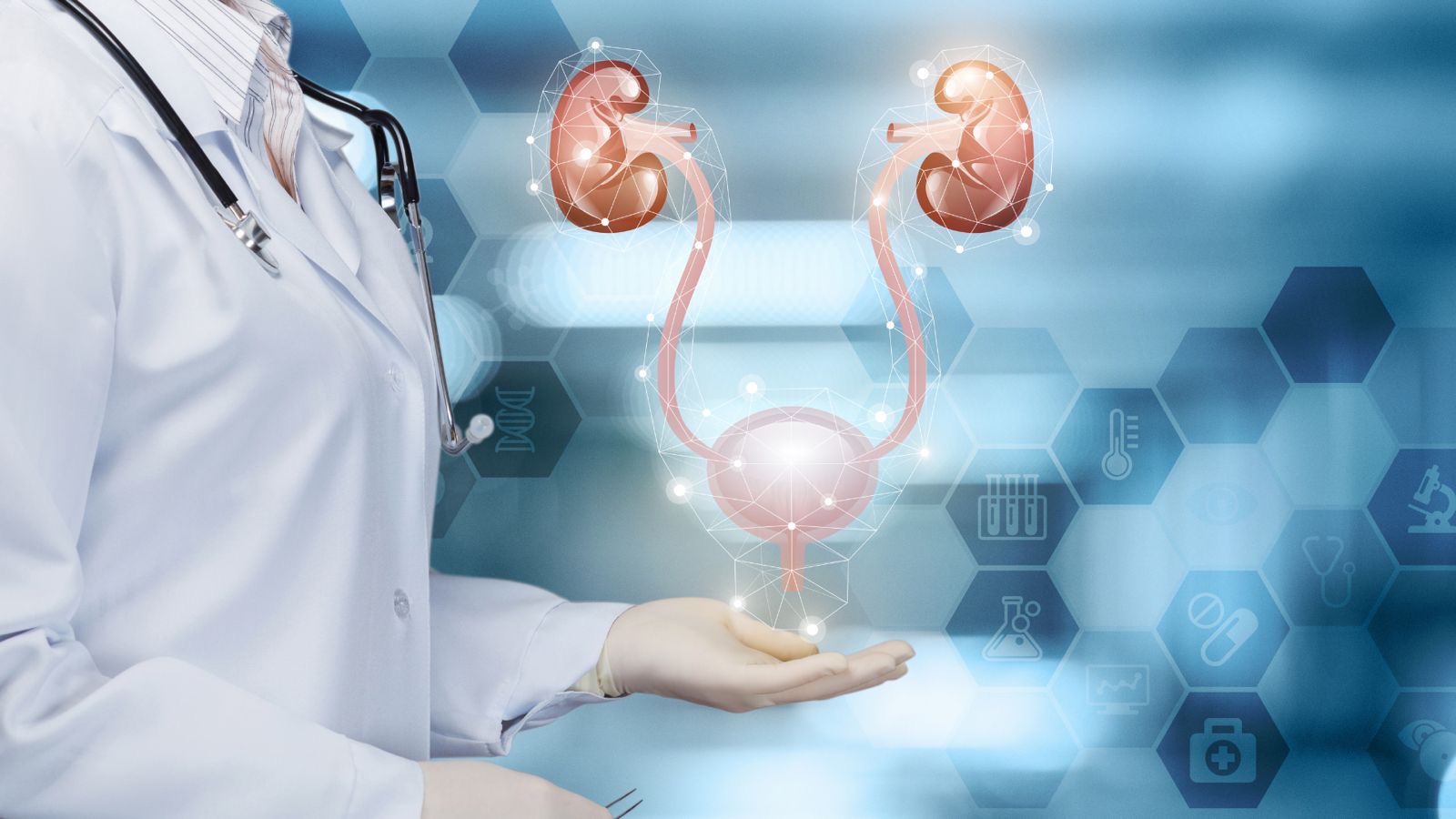 Read Now
Read Now
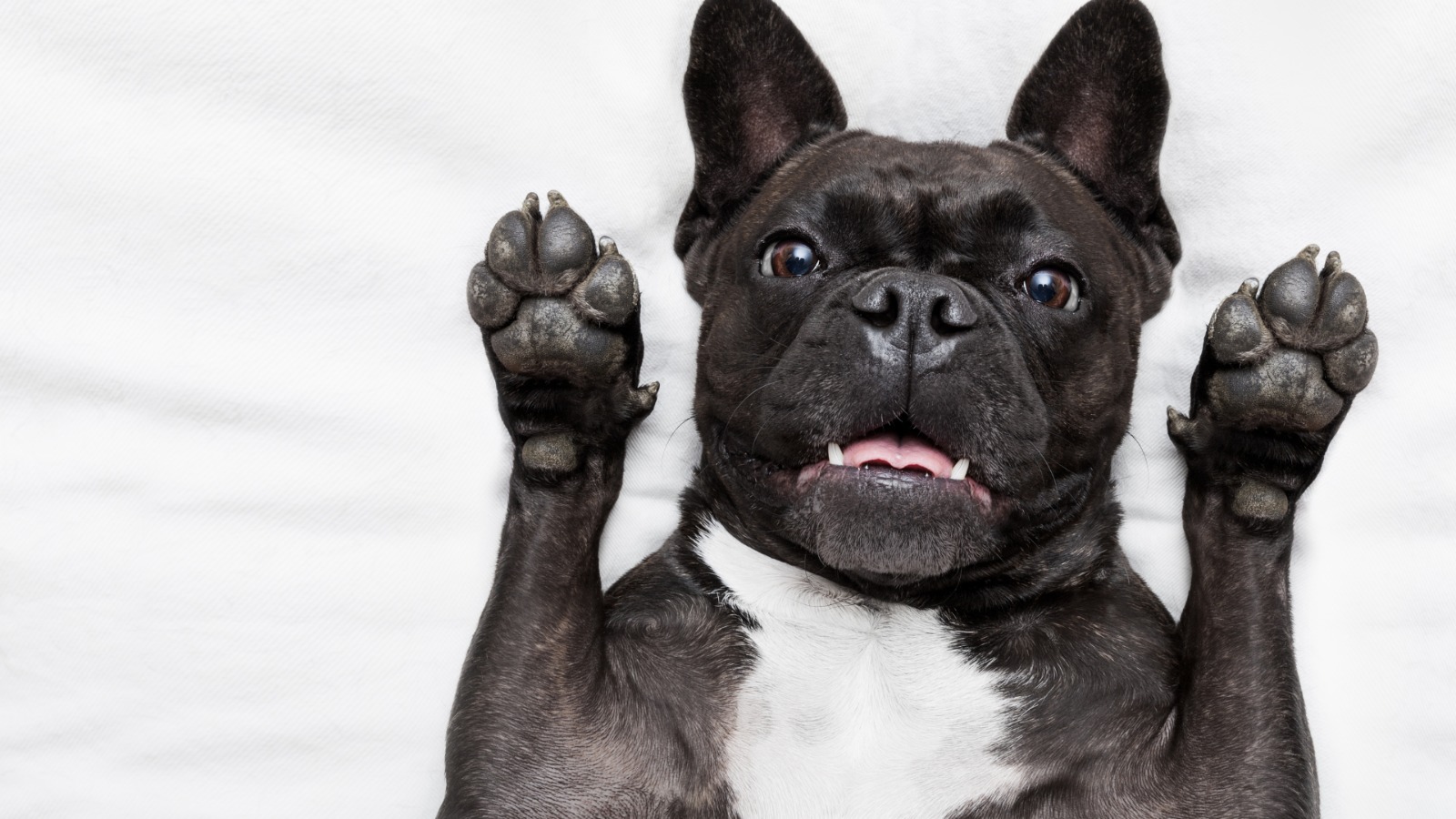 Read Now
Read Now
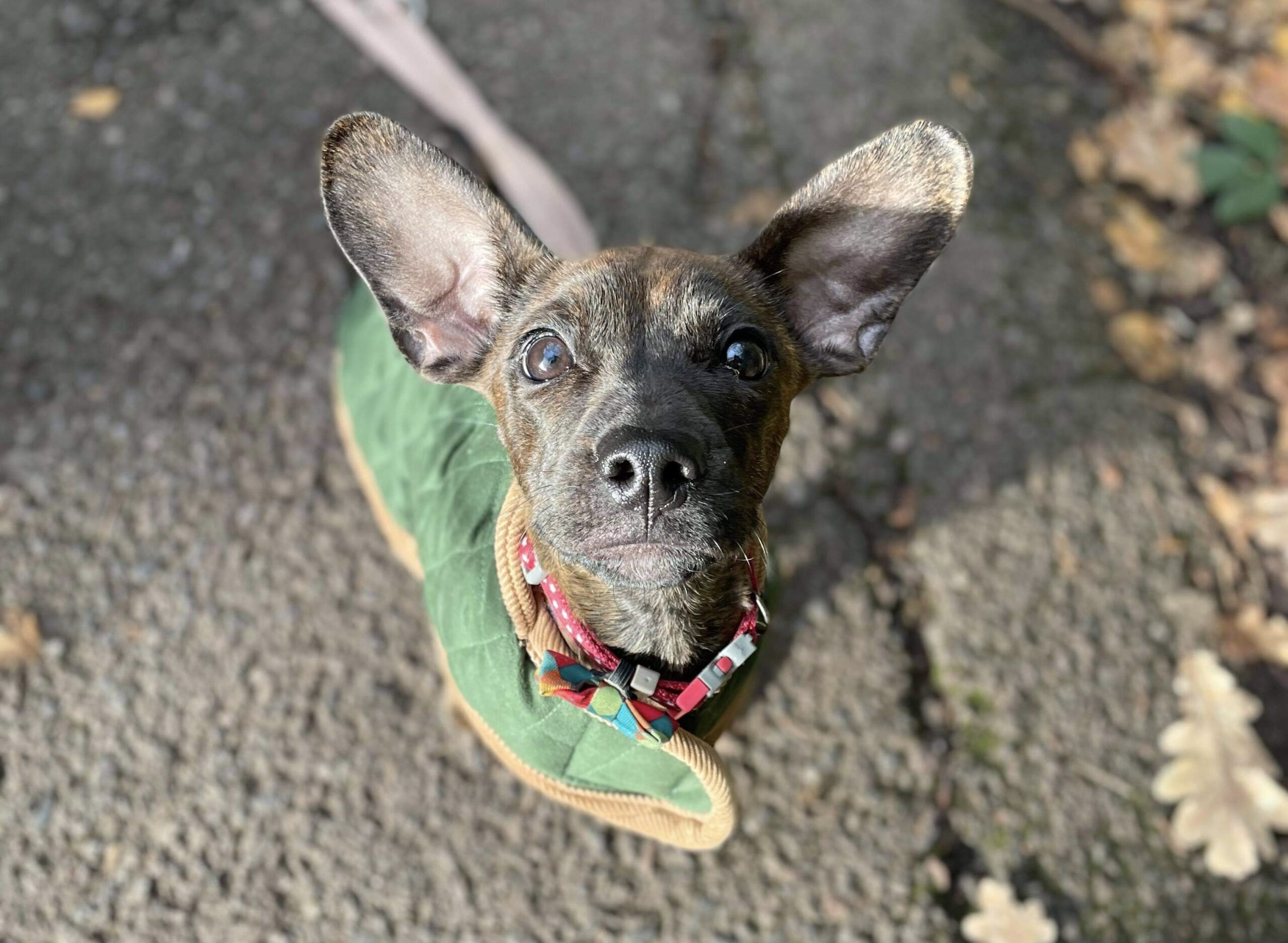 Read Now
Read Now
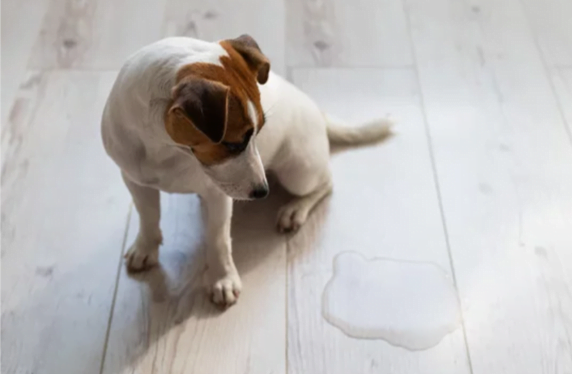 Read Now
Read Now
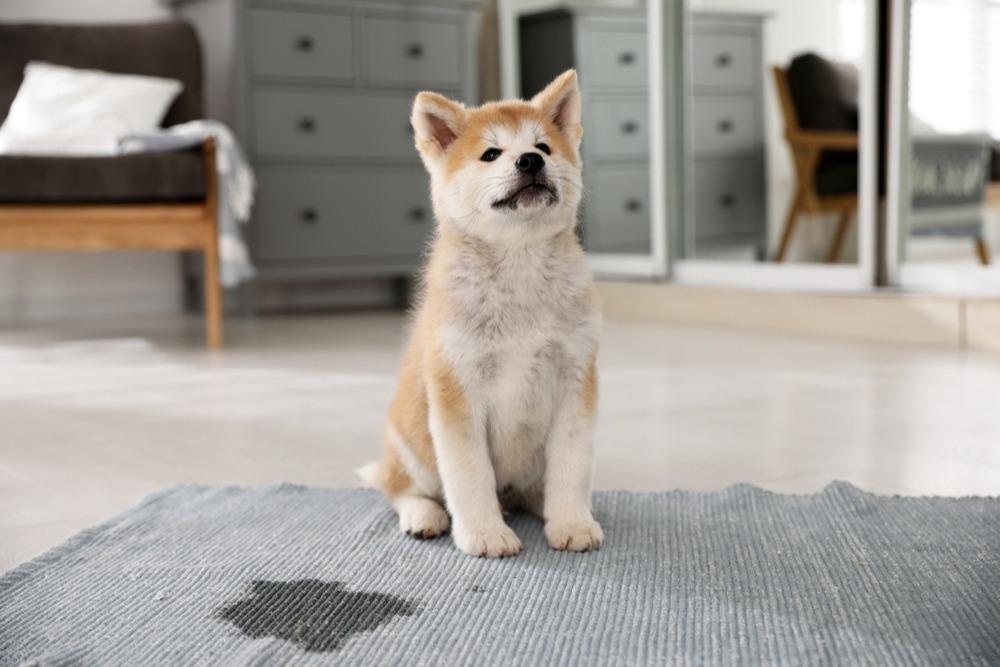 Read Now
Read Now
 Read Now
Read Now
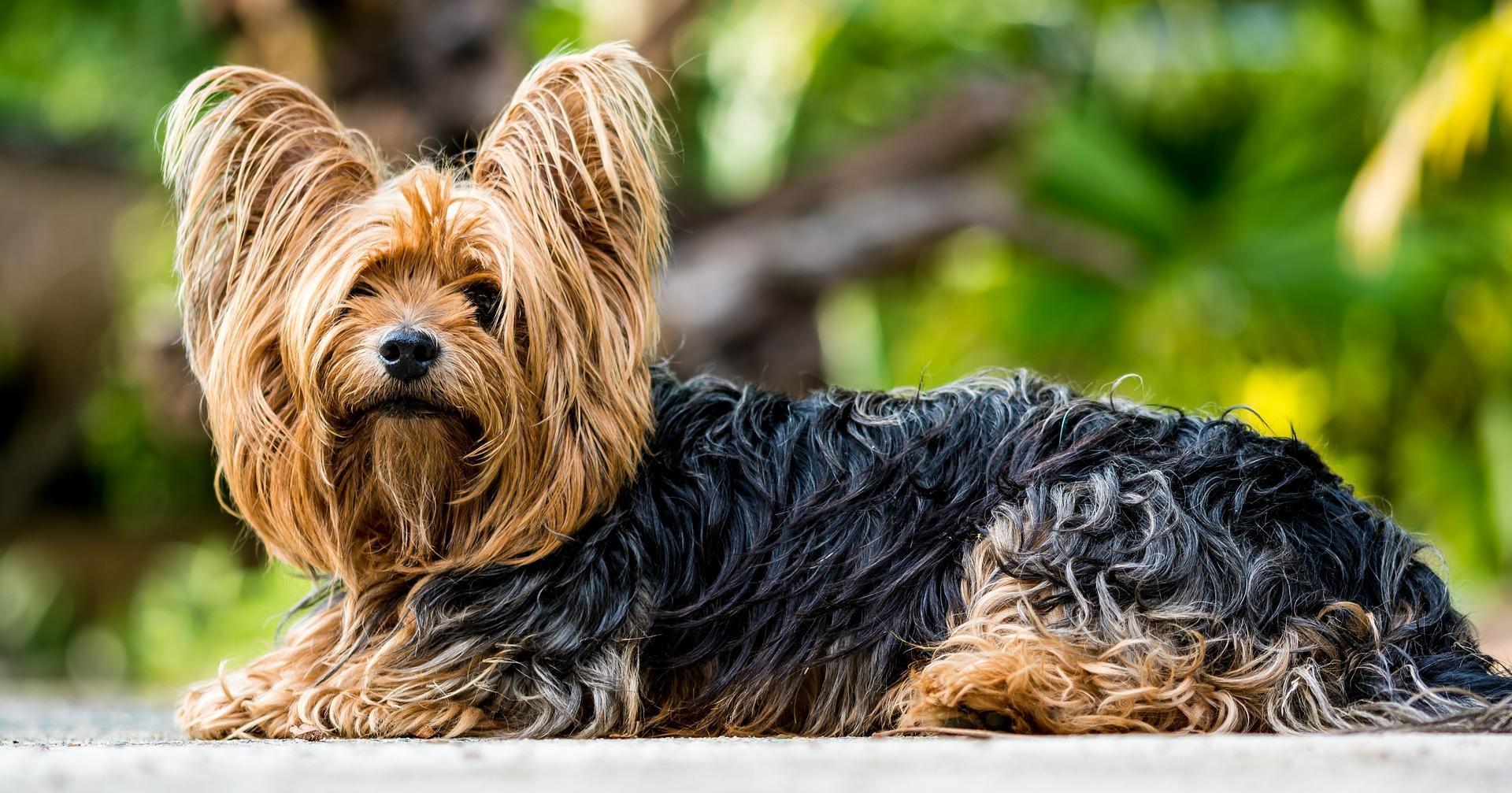 Read Now
Read Now
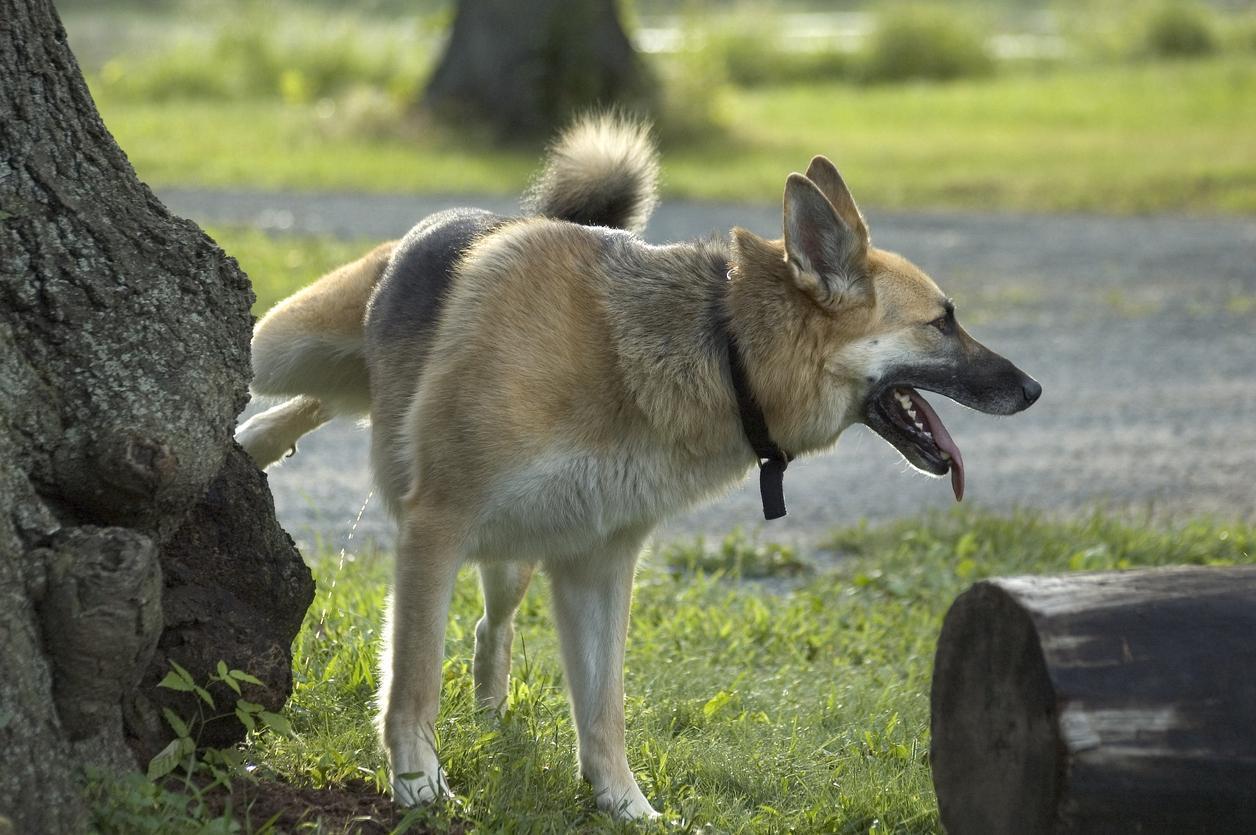 Read Now
Read Now
 Read Now
Read Now
 Read Now
Read Now
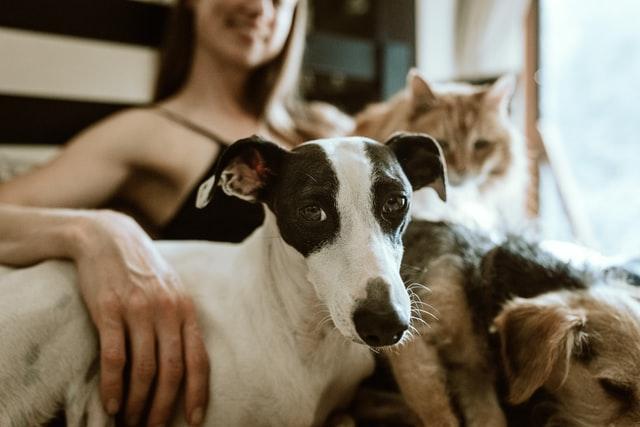 Read Now
Read Now
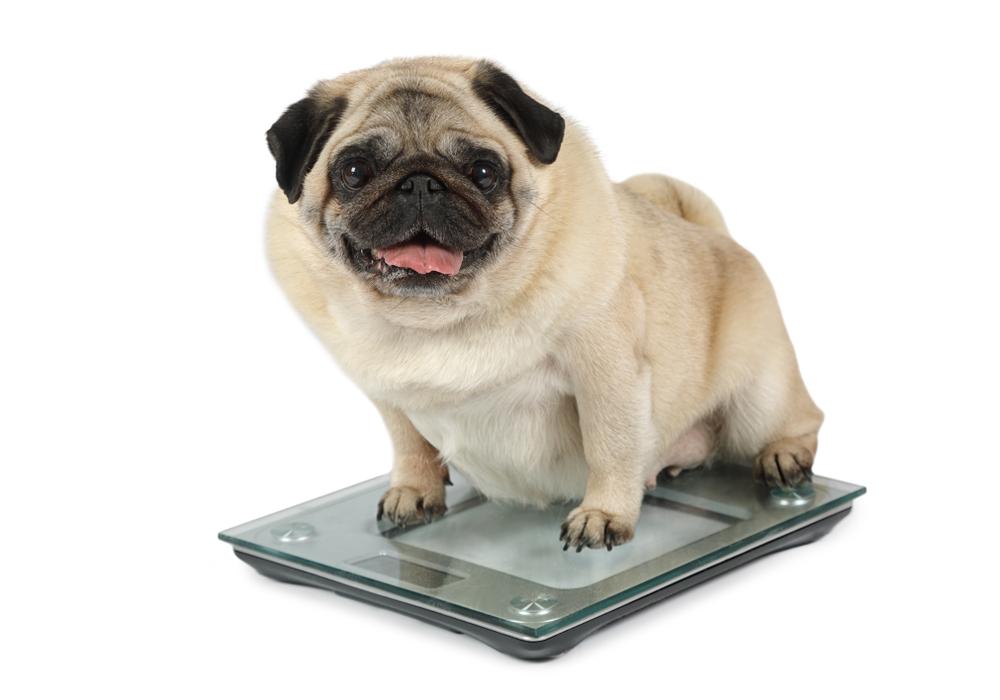 Read Now
Read Now
 Read Now
Read Now
 Read Now
Read Now
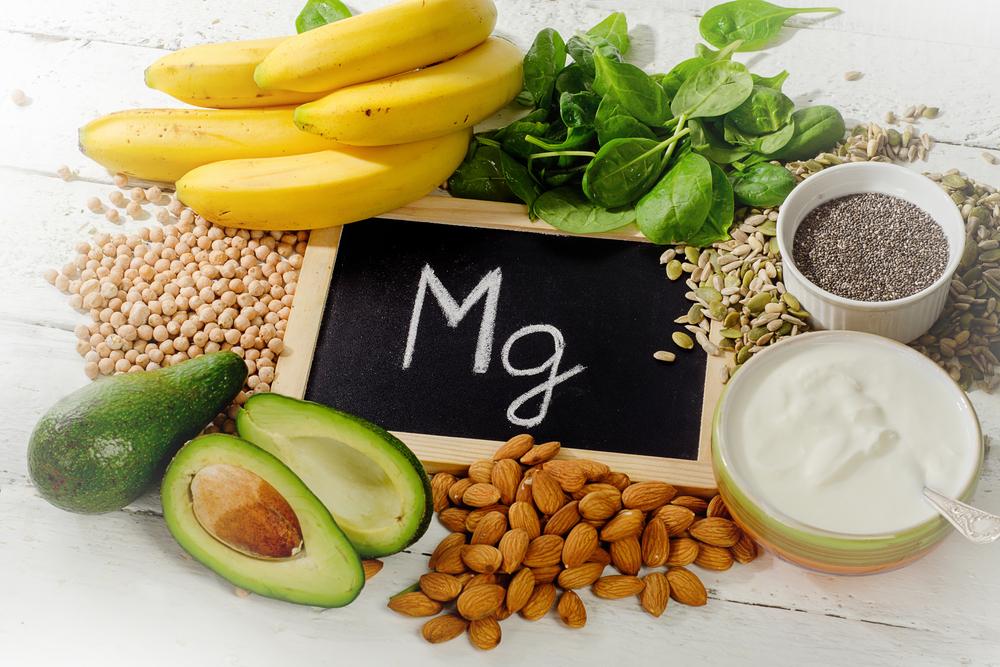 Read Now
Read Now
 Read Now
Read Now
 Read Now
Read Now
 Read Now
Read Now
 Read Now
Read Now
 Read Now
Read Now
-
£29.99£29.99£119.00£19.99£6.99

Why is My Dog Losing His Hair?
- January 4, 2021
- 7 min read
You’re in the middle of your daily grooming session and you notice a thinning patch of hair on your canine companion. Without any obvious recent trauma to result in scar tissue and no replacement hair, your mind starts going to all the places it shouldn’t. A quick google search likely doesn’t help but well here at My Pet Nutritionist, we hope to give you possible solutions.
There are in fact a number of reasons why your dog may start losing his hair, or having thinning areas, so let’s look at them in a little more detail.
Hair growth occurs in stages:
– Anagen – the growing phase
– Catagen – the transition phase
– Telogen – the resting phase
– Exogen – the shedding phase
An intact hair coat is maintained by the lifelong cycling of these phases. When a hair follicle has passed the telogen stage and shed it, if it remains empty for a period of time it is deemed kenogen. The anagen phase is restarted when epithelial stem cells are in good form. Stem cell activity is dependent on many complex interactions including:
1. Hormones
So much of a factor, there is a condition deemed hormonal alopecia in dogs. This can be linked to neutering with many owners reporting hair loss or thinning post neutering. But when we say hormones we are also considering thyroid hormones.
Other signs of hypothyroidism includes:
2. Nutritio
It wouldn’t be a My Pet Nutritionist blog without mentioning nutrition now would it.
Nutritional status affects hair growth and maintenance. Every cell in every body, including our dog’s, needs basic components to carry out their function. This includes immune cells, stem cells and hair follicles.
The root of a hair is made up of protein cells and nourished by nearby blood vessels.
As it grows, sebaceous glands near the hair follicles produce sebum which is made up of triglycerides, wax esters and cholesterol. Sebum lubricates the skin and hair to protect it from friction and therefore makes it impervious to moisture and/or pathogens.
The hair moves through its phases, but new data is suggesting that even though telogen is defined as the resting phase, hair follicles aren’t doing that much resting. In fact, much cellular activity occurs during this phase so that tissues can regenerate and grow new hair. This means there is a demand for nutrients.
3. Stress
Stress, we can confidently say is the bane of everyone’s life, including our pet’s. But what is particularly interesting is that in some cases, hair loss follows months after a traumatic event often making it difficult to connect the dots.
As we have mentioned, hair cycles through different phases and all follicles can be at different stages at any onetime. Many will be in the growth phase or anagen phase before hitting telogen and ultimately shedding.
It makes sense evolutionarily. When facing a threat, what is more important? Brain and muscle function or hair growth? Stress triggers a sort of redistribution of resources, which in the short term is manageable. The issue is when faced with chronic stress.
Hair loss as a result of trauma may not appear until the initial stressor has passed, the growth phase has been prematurely stopped, hitting telogen sooner, but then we still have to wait for the shedding to occur. We then need the growth phase to start again, which may or may not happen depending on the recovery from the stressor or in fact whether the host is still experiencing it.
Stress also depletes nutritional resources along with impeding the digestion and absorption of them and as we know we need good nutritional standing if we want healthy hair growth and maintenance.
For our pets, stress management is usually about removing the trigger, we can then support them in their responses. This can be both behaviourally and nutritionally.
4. Immune Cell Function
This is a sign of immune cells gone awry.
The immune system is amazing. It quite literally keeps us alive; from deciding whether the Mother keeps the pregnancy or not, to engulfing harmful pathogens, it is a nifty bit of kit.
The skin’s immune cells can react to something which directly touches it, which makes sense. If it poses a threat, itching will likely remove the threat. This itching is caused by the release of histamine. Under normal circumstances, the threat will pass and the body will return to homeostasis. But the body can perceive threats as more damaging than they truly are, kick-starting a heightened response or, because there are damaged barriers in the immune system, threats get through where they wouldn’t normally.
There are a few common culprits which can give our pet’s immune system a run for it’s money:
To support immune function in your pet consider:
Thanks for reading!
MPN Team x
There are in fact a number of reasons why your dog may start losing his hair, or having thinning areas, so let’s look at them in a little more detail.
Hair growth occurs in stages:
– Anagen – the growing phase
– Catagen – the transition phase
– Telogen – the resting phase
– Exogen – the shedding phase
An intact hair coat is maintained by the lifelong cycling of these phases. When a hair follicle has passed the telogen stage and shed it, if it remains empty for a period of time it is deemed kenogen. The anagen phase is restarted when epithelial stem cells are in good form. Stem cell activity is dependent on many complex interactions including:
- Immune cell function
- Nerve fibres
- Hormones
- Genetics
- Daylight
- Nutrition
- Circadian rhythm
- And stress
1. Hormones
So much of a factor, there is a condition deemed hormonal alopecia in dogs. This can be linked to neutering with many owners reporting hair loss or thinning post neutering. But when we say hormones we are also considering thyroid hormones.The thyroid gland is in fact active in the initiation of hair growth and replacement.Located in the neck near the trachea or windpipe, this gland produces hormones which regulate metabolism. Both hyperthyroidism and hypothyroidism can result in hair loss in the dog although hypothyroidism is likely the more commonly occurring form of hormonal alopecia in dogs. Initially hair loss is patchy, the coat is dry, the hair is brittle and easily pulled out. Quite often hyper pigmentation occurs. In some cases, secondary pyoderma and seborrheic dermatitis may follow. The hair that remains is often stuck in the telogen or resting phase, hence it’s poor condition.
Other signs of hypothyroidism includes:
- Weight gain
- Lethargy
- Increased susceptibility to infections
- Slow heart rate
- Abnormal nerve functioning which presents as non-painful lameness or lack of coordination
- Keratoconjunctivitis or dry eye
- Fat deposits in the corneas of the eyes
2. Nutritio
It wouldn’t be a My Pet Nutritionist blog without mentioning nutrition now would it.Nutritional status affects hair growth and maintenance. Every cell in every body, including our dog’s, needs basic components to carry out their function. This includes immune cells, stem cells and hair follicles.
The root of a hair is made up of protein cells and nourished by nearby blood vessels.
As it grows, sebaceous glands near the hair follicles produce sebum which is made up of triglycerides, wax esters and cholesterol. Sebum lubricates the skin and hair to protect it from friction and therefore makes it impervious to moisture and/or pathogens.
The hair moves through its phases, but new data is suggesting that even though telogen is defined as the resting phase, hair follicles aren’t doing that much resting. In fact, much cellular activity occurs during this phase so that tissues can regenerate and grow new hair. This means there is a demand for nutrients.
Time and time again there has been a link made between nutritional status and hair health and growth.
- Low vitamin D status has been implicated in cases of alopecia
- Over-supplementation of Vitamin A is associated with alopecia
- In a Biotin deficiency signs include hair loss,
- Folate deficiency can result in hair, skin and nail changes
- Vitamin C is known to aid iron absorption, the latter being implicated in hair loss
- Hair loss is a common sign of zinc deficiency
- Hair loss can be seen in Iodine deficiency, also a mineral that aids thyroid function
- Meat protein (haem iron is found in meat, chicken and fish and is more easily absorbed that non-haem iron found in plant foods).
- Oily fish (source of Vitamin D)
- Organ meats (good source of biotin)
- Leafy greens (folate came from the latin folium because it was first found in leaves!)
- Berries (source of Vitamin C)
- Meat and shellfish (source of zinc)
3. Stress
Stress, we can confidently say is the bane of everyone’s life, including our pet’s. But what is particularly interesting is that in some cases, hair loss follows months after a traumatic event often making it difficult to connect the dots.As we have mentioned, hair cycles through different phases and all follicles can be at different stages at any onetime. Many will be in the growth phase or anagen phase before hitting telogen and ultimately shedding.
But high levels of stress can cause a blanket shift in the phases and bump many of the follicles to telogen, all at the same time.The result? Bald patches or thinning.
It makes sense evolutionarily. When facing a threat, what is more important? Brain and muscle function or hair growth? Stress triggers a sort of redistribution of resources, which in the short term is manageable. The issue is when faced with chronic stress.
Hair loss as a result of trauma may not appear until the initial stressor has passed, the growth phase has been prematurely stopped, hitting telogen sooner, but then we still have to wait for the shedding to occur. We then need the growth phase to start again, which may or may not happen depending on the recovery from the stressor or in fact whether the host is still experiencing it.
Stress also depletes nutritional resources along with impeding the digestion and absorption of them and as we know we need good nutritional standing if we want healthy hair growth and maintenance.
For our pets, stress management is usually about removing the trigger, we can then support them in their responses. This can be both behaviourally and nutritionally.
4. Immune Cell Function
There are autoimmune conditions whereby immune cells attack hair follicles, causing them to shrink to varying degrees. There are also immune cells that promote hair growth by triggering stem cells in the skin. But perhaps one of the most common causes of hair loss in the dog is due to irritation and the immune system does in fact drive that irritation.Many dogs present with hair loss simply because they have scratched or gnawed their skin so much, there is no hair left.
This is a sign of immune cells gone awry.
The immune system is amazing. It quite literally keeps us alive; from deciding whether the Mother keeps the pregnancy or not, to engulfing harmful pathogens, it is a nifty bit of kit.
The skin’s immune cells can react to something which directly touches it, which makes sense. If it poses a threat, itching will likely remove the threat. This itching is caused by the release of histamine. Under normal circumstances, the threat will pass and the body will return to homeostasis. But the body can perceive threats as more damaging than they truly are, kick-starting a heightened response or, because there are damaged barriers in the immune system, threats get through where they wouldn’t normally.
There are a few common culprits which can give our pet’s immune system a run for it’s money:
- Environmental exposure to toxins – including grooming and home cleaning products
- Highly processed foods
- Vaccinations
- Over-use of medications
- Contaminated water
To support immune function in your pet consider:
- Reducing toxic load
- Supporting detoxification pathways
- Ensuring adequate rest and recovery
- Encourage movement (exercise encourages lymphatic system flow)
- Optimising nutritional status with a fresh food diet
Thanks for reading!
MPN Team x
Customer Reviews
Explore related products
Related articles

AllergiesDietary NeedsDisease ManagementGut HealthAnxietyArthritisCancerDigestionHypothyroidismItching & AllergiesKidney DiseaseLiver HealthPancreatitisUrinary Issues
Best Diet for Struvite Crystals in Dogs
Mar 13 2024
•
5 mins

AllergiesDietary NeedsDisease ManagementGut HealthAnxietyArthritisCancerDigestionHypothyroidismItching & AllergiesKidney DiseaseLiver HealthPancreatitisUrinary Issues
Oxalate Stones – What You Need to Know
Jul 13 2023
•
2 mins 40 secs

AllergiesDietary NeedsDisease ManagementGut HealthAnxietyArthritisCancerDigestionHypothyroidismItching & AllergiesKidney DiseaseLiver HealthPancreatitisUrinary Issues
Cysteine Stones … Everything You Need to Know
Jun 01 2023
•
3 mins 50 secs

AllergiesDietary NeedsDisease ManagementGut HealthAnxietyArthritisCancerDigestionHypothyroidismItching & AllergiesKidney DiseaseLiver HealthPancreatitisUrinary Issues
The Ultimate Guide to Urinary Stones
Mar 22 2023
•
7 mins 46 secs

AllergiesDietary NeedsDisease ManagementGut HealthAnxietyArthritisCancerDigestionHypothyroidismItching & AllergiesKidney DiseaseLiver HealthPancreatitisUrinary Issues
3 Tips to Support Your Pet’s Urinary Health
May 26 2022
•
4 mins 46 secs

AllergiesDietary NeedsDisease ManagementGut HealthAnxietyArthritisCancerDigestionHypothyroidismItching & AllergiesKidney DiseaseLiver HealthPancreatitisUrinary Issues
What Does the Microbiome Have to Do With My Dog’s Bladder Stones?
May 24 2022
•
6 mins 39 secs

AllergiesDietary NeedsDisease ManagementGut HealthAnxietyArthritisCancerDigestionHypothyroidismItching & AllergiesKidney DiseaseLiver HealthPancreatitisUrinary Issues
What Can I Do For My Dog’s Bladder Stones
Nov 04 2021
•
4 mins 56 secs

AllergiesDietary NeedsDisease ManagementGut HealthAnxietyArthritisCancerDigestionHypothyroidismItching & AllergiesKidney DiseaseLiver HealthPancreatitisUrinary Issues
A Brief Guide to The Canine Urinary System
Oct 06 2021
•
5 mins 6 secs

AllergiesDietary NeedsDisease ManagementGut HealthAnxietyArthritisCancerDigestionHypothyroidismItching & AllergiesKidney DiseaseLiver HealthPancreatitisUrinary Issues
Why Does My Dog Need Minerals – Part Two
Sep 23 2021
•
12 min read

AllergiesDietary NeedsDisease ManagementGut HealthAnxietyArthritisCancerDigestionHypothyroidismItching & AllergiesKidney DiseaseLiver HealthPancreatitisUrinary Issues
Why Does My Dog Need Minerals – Part One
Sep 22 2021
•
7 min read

AllergiesDietary NeedsDisease ManagementGut HealthAnxietyArthritisCancerDigestionHypothyroidismItching & AllergiesKidney DiseaseLiver HealthPancreatitisUrinary Issues
Does My Pet Need to Detox
Apr 15 2021
•
8 min read

AllergiesDietary NeedsDisease ManagementGut HealthAnxietyArthritisCancerDigestionHypothyroidismItching & AllergiesKidney DiseaseLiver HealthPancreatitisUrinary Issues
Obesity in Pets Part 1
Feb 25 2021
•
9 min read

AllergiesDietary NeedsDisease ManagementGut HealthAnxietyArthritisCancerDigestionHypothyroidismItching & AllergiesKidney DiseaseLiver HealthPancreatitisUrinary Issues
Why Is My Dog A Fussy Eater?
Jan 18 2021
•
10 min read

AllergiesDietary NeedsDisease ManagementGut HealthAnxietyArthritisCancerDigestionHypothyroidismItching & AllergiesKidney DiseaseLiver HealthPancreatitisUrinary Issues
Why is My Dog Losing His Hair?
Jan 04 2021
•
7 min read

AllergiesDietary NeedsDisease ManagementGut HealthAnxietyArthritisCancerDigestionHypothyroidismItching & AllergiesKidney DiseaseLiver HealthPancreatitisUrinary Issues
Why is Magnesium So Important to Your Pet
Oct 02 2020
•
10 min read

AllergiesDietary NeedsDisease ManagementGut HealthAnxietyArthritisCancerDigestionHypothyroidismItching & AllergiesKidney DiseaseLiver HealthPancreatitisUrinary Issues
Why Zinc is Important for your Dog
Sep 10 2020
•
8 min read

AllergiesDietary NeedsDisease ManagementGut HealthAnxietyArthritisCancerDigestionHypothyroidismItching & AllergiesKidney DiseaseLiver HealthPancreatitisUrinary Issues
7 Wonderful Herbs for Dogs
Jul 06 2020
•
9 min read

AllergiesDietary NeedsDisease ManagementGut HealthAnxietyArthritisCancerDigestionHypothyroidismItching & AllergiesKidney DiseaseLiver HealthPancreatitisUrinary Issues
Does My Dog Have a Vitamin Deficiency?
May 04 2020
•
15 min read

AllergiesDietary NeedsDisease ManagementGut HealthAnxietyArthritisCancerDigestionHypothyroidismItching & AllergiesKidney DiseaseLiver HealthPancreatitisUrinary Issues
The Ultimate Natural UT Guide for Pets
Apr 14 2020
•
9 min read

AllergiesDietary NeedsDisease ManagementGut HealthAnxietyArthritisCancerDigestionHypothyroidismItching & AllergiesKidney DiseaseLiver HealthPancreatitisUrinary Issues
7 Top Reasons to use Clay in your Dog’s Diet Regime
Feb 20 2020
•
5 min read
✕









